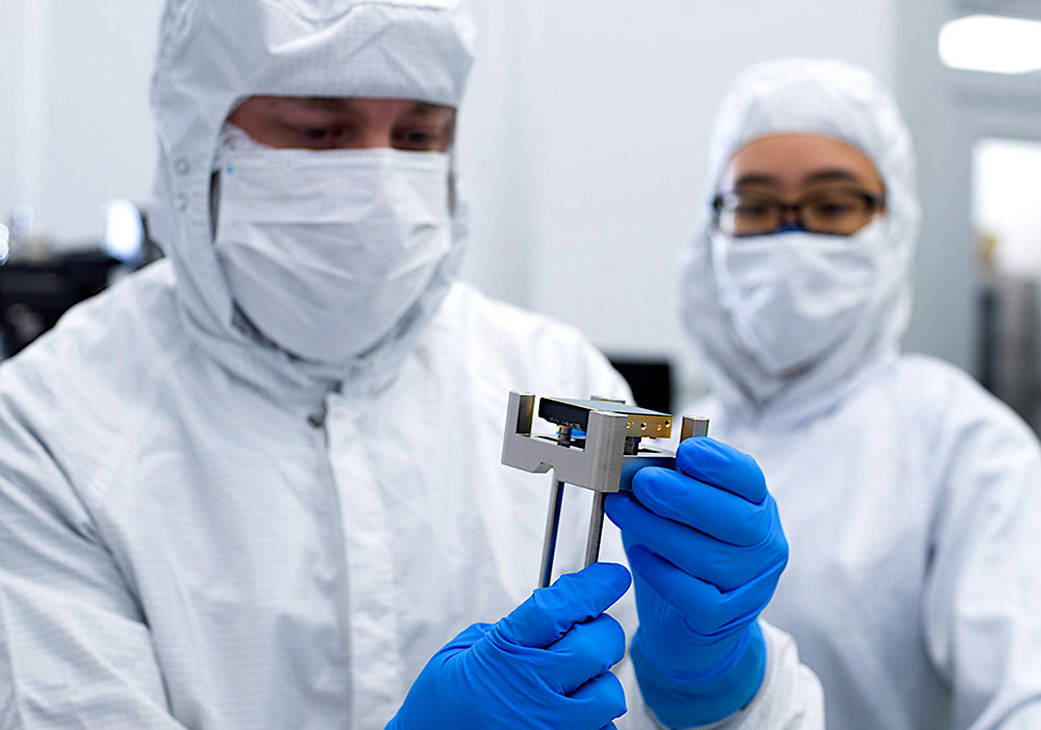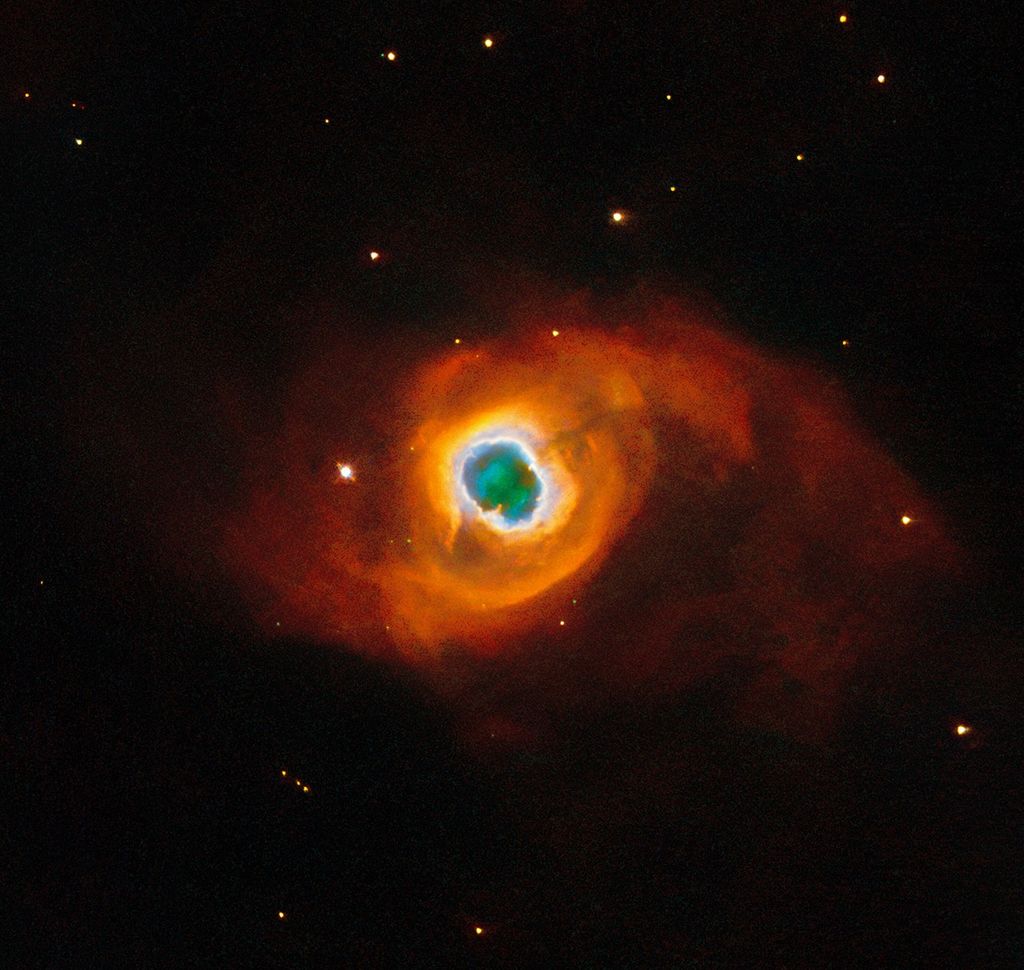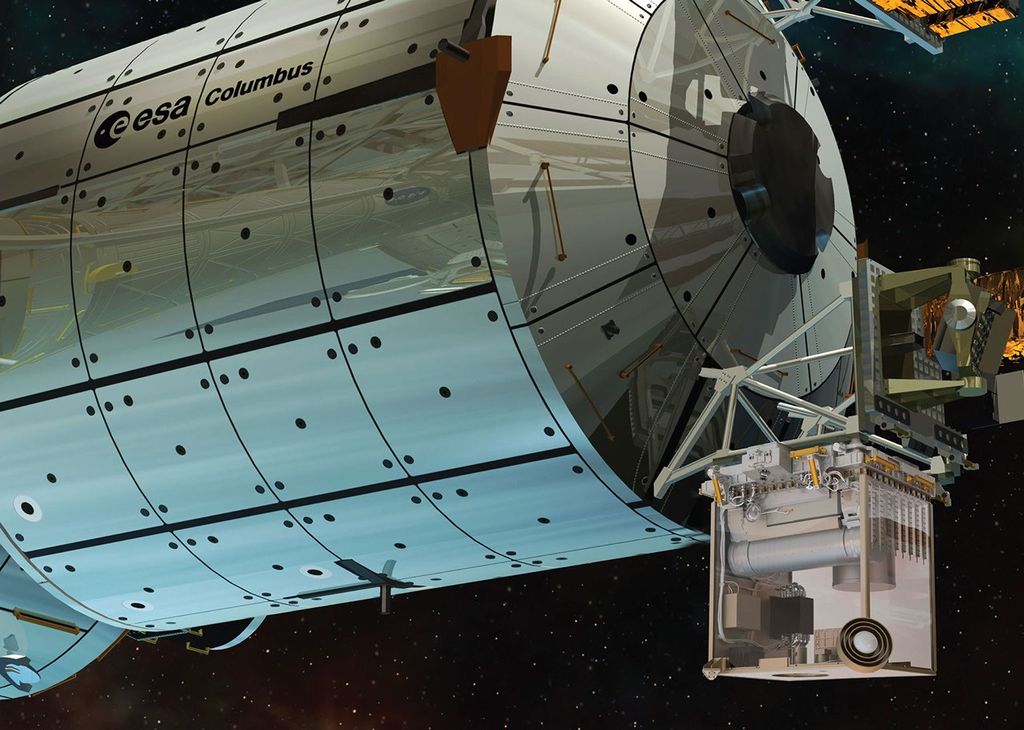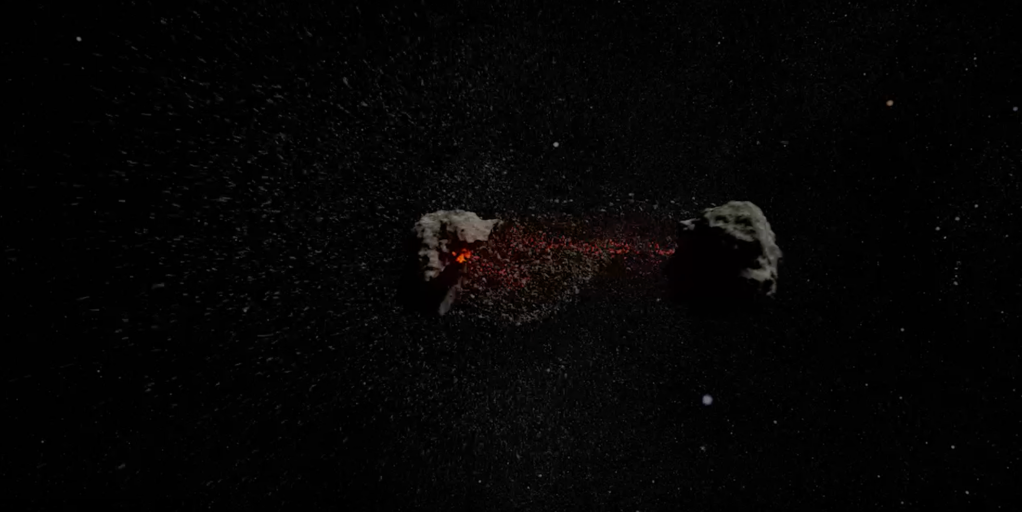
Billy Keim, a NASA technician, removes a 16-megapixel detector from its shipping container internal fixture as engineer Stephanie Cheung coordinates the activity. NASA’s future Nancy Grace Roman Space Telescope will be fitted with 18 of these infrared detectors, which have now been flight-approved. The Roman team possesses extra detectors that will be used for other purposes. The team reserved six of the surplus detectors to serve as flight-quality backups and several more for testing. Additional spare detectors may serve as the eyes of other telescopes with more lenient quality requirements.
Roman has delivered four detectors to be used in the 64-megapixel camera in Japan’s Prime-focus Infrared Microlensing Experiment (PRIME) telescope, located in the South African Astronomical Observatory in Sutherland. The detectors are contributed as part of an international agreement between NASA and the Japan Aerospace Exploration Agency (JAXA). This telescope, which will be commissioned this fall, will hunt for exoplanets – worlds beyond our solar system – using the microlensing method. Roman scientists will use the results of this precursor survey to inform their observing strategy, maximizing the number of planets the mission will find. Experience using detectors like the ones in Roman will help scientists prepare their data analysis methods to capitalize on Roman’s enormous data volume after it launches no later than May 2027.
For more information about the Roman Space Telescope visit: www.roman.gsfc.nasa.gov or www.nasa.gov/roman
Media Contact:
Claire Andreoli
NASA’s Goddard Space Flight Center
301-286-1940




























